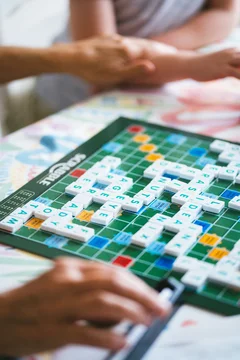
On Wednesday, Judge Burke issued the following order cutting the parties off from further discovery dispute teleconferences—but not discovery disputes—after they brought their fourteenth request for discovery assistance in just over a year:
ORAL ORDER: The Court, having reviewed the parties' . . . request [for] a discovery teleconference . . . hereby notes as follows: (1) since the Court was referred this matter in February 2020 to resolve discovery/protective order disputes, this is the 14th different time that the parties have sought the Court's assistance in that regard; (2) as part of those 14 different requests for Court assistance, the parties have brought the Court a total of 31 different disputed issues to resolve; and (3) were the Court to schedule one, this would be the 11th different discovery dispute teleconference it has held in the case. In light of all of this, and with the Court mindful of the need to both timely resolve discovery/protective order disputes, but also to preserve judicial resources and promote judicial economy, the Court hereby ORDERS that, going forward, it will no longer schedule discovery dispute teleconferences in this matter unless, after reviewing the briefing, it deems such a teleconference necessary.
Fourteen disputes is a big number, although it's not immediately clear from the order (or from the dockets, which are extensive) what the other three requests involved beyond the parties' 11 formal motions for discovery dispute teleconferences.
Despite the volume of disputes, Judge Burke's order actually extends briefing for future disputes. Typically, Judge Burke permits only opening and answering letter briefs, but this order allows future briefing in this case to include reply letters in lieu of the teleconference:
Instead [of discovery dispute teleconferences, the Court] will permit full letter briefing (that is, the filing of opening, answering and reply letter briefs) as to such disputes and will expect to resolve those disputes on the papers.
It will be interesting to see whether the change in procedure impacts the number of disputes going forward. I suspect not, since this is a heavily litigated competitor case (and, in addition to the typical patent issues, it involves discovery-intensive trade secret issues).
If you enjoyed this post, consider subscribing to receive free e-mail updates about new posts.





